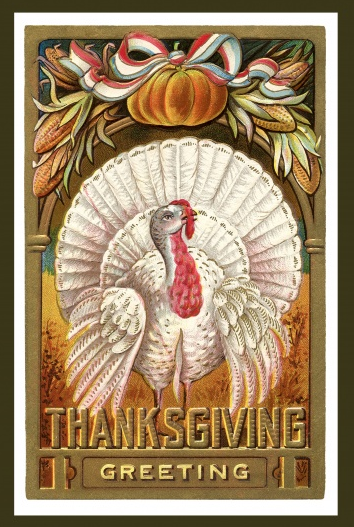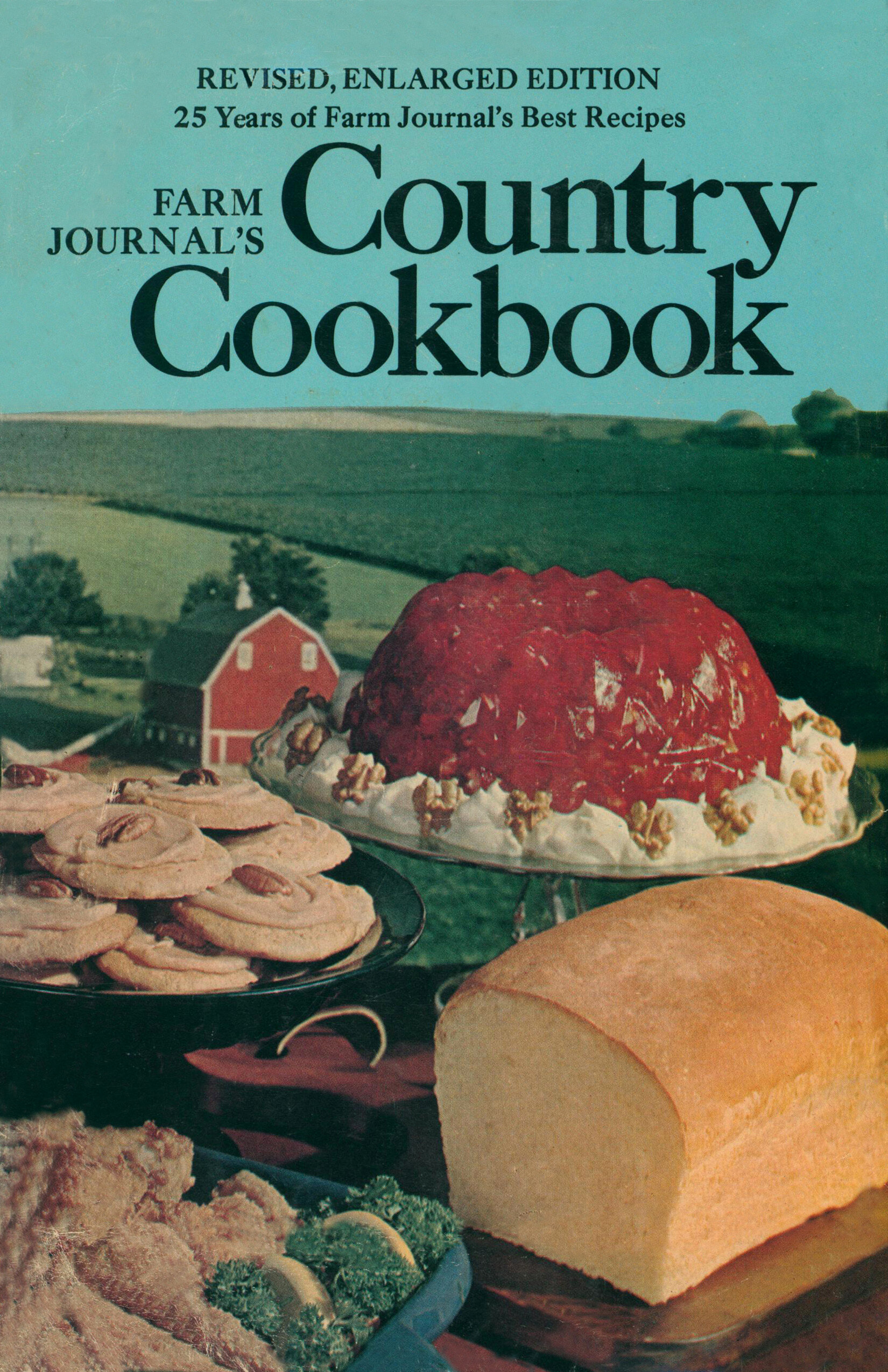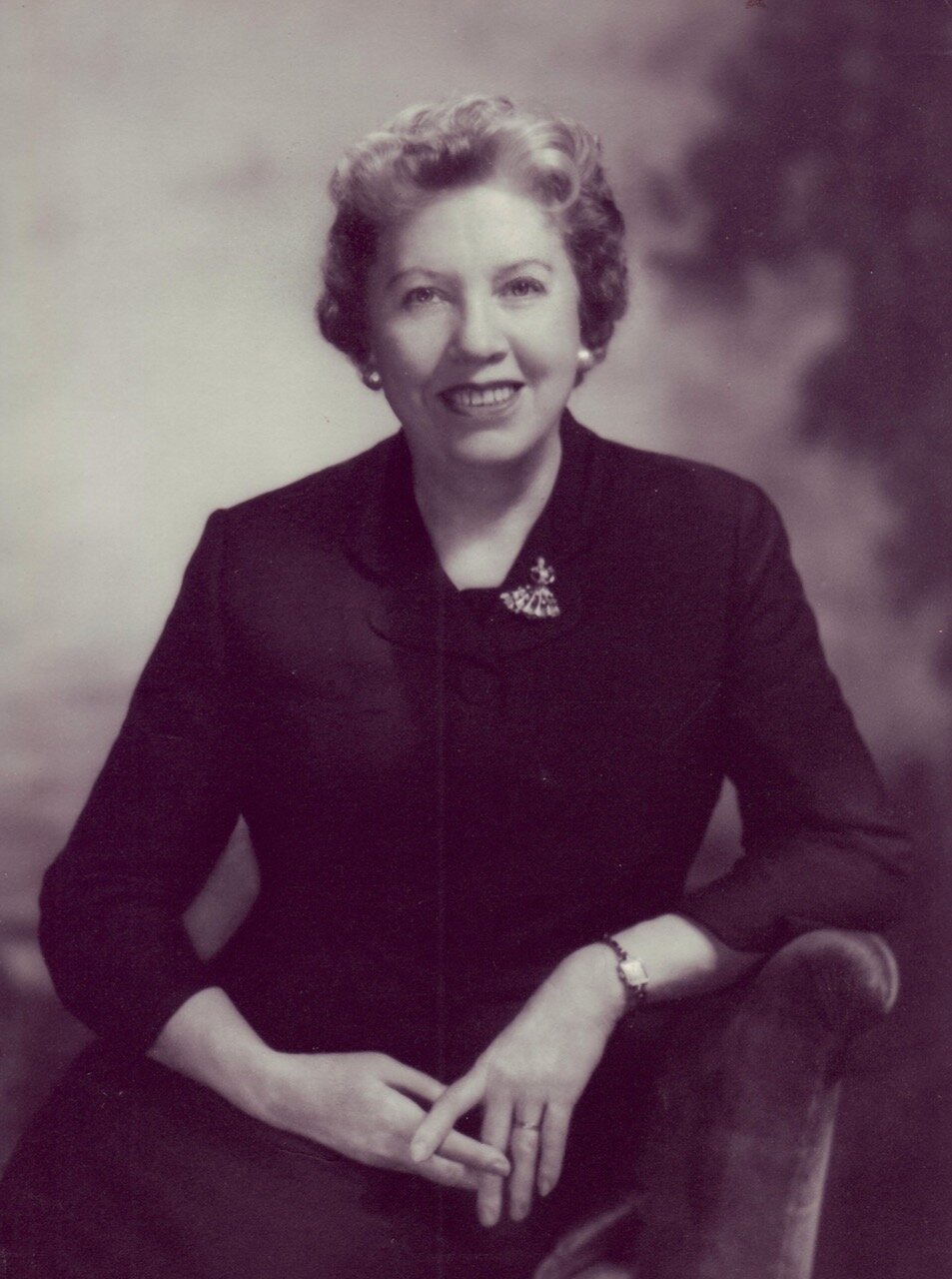Behind The Cookbook: Farm Journal’s Country Cookbook
By Janet McCracken
We continue our vintage cookbook strand with an American classic, Farm Journal’s Country Cookbook by Nell B. Nichols, first published in 1959. Nell was born in rural Kansas before the turn of the last century. She and her family soon moved to Dodge City, where Nell grew up at the sunset of the era of cowboys, gunslingers and the Santa Fe Trail. She learned to cook at her mother’s knee, on a wood stove with ingredients mostly grown or raised on the family farm.
The version of Farm Journal’s Country Cookbook now available on ckbk is from 1972. It is a collection of 850 recipes from that Nell gathered first-hand from cooks and kitchens across the United States. The recipes are a revealing snapshot of America’s cooking heritage, chronicling the rapid changes that were taking place at the time in food preferences, technology and availability of ingredients.
It’s an edible history of American food, and in this festive season of Thanksgiving, it offers an insight into how the holiday was celebrated in American homes in decades past.
Nell’s granddaughter, Janet McCracken, recalls Thanksgiving celebrations with her grandmother and picks out her family’s most-loved Thanksgiving recipes from her grandmother’s cookbook.
A look back to Thanksgivings past
Like all Americans, my grandmother put her best foot forward for Thanksgiving. Her family experienced the devastation of the Dust Bowl in the 1930s (nothing could be grown on the family farm in those terrible years), as well as the joy of a bountiful harvest during better years on the farm.
In my mind, the privations of the Dust Bowl are akin to the hardship the original Mayflower Puritans endured during that first dismal winter in the New World. Having survived such difficult times, Thanksgiving was truly a time for family and celebration.
Describing a pre-World War I holiday dinner at her in-laws on the farm, Grandmother wrote to her grandchildren, “And what a dinner it was! All of the cousins were there and all of the aunts were excellent cooks. It was a gargantuan feast with turkey, ham, beef, many vegetables and breads. Also present was a galaxy of desserts, including cakes and pies of many kinds. Leaves had been added to the table, which extended from one end of the dining room to the other. And the chairs around it were filled two times with eaters.”
The young Janet McCracken making popcorn with her grandmother, Nell B. Nichols.
Decades later our city-based Thanksgivings were equally festive but not quite as large. Grandmother always cooked a classic roast turkey with a stuffing based on the Bread Stuffing recipe in The Farm Journal’s Country Cookbook but with the addition of oysters.
A true home economist, Grandmother and my mother would make as much in advance as possible to ease the chaos of the feast day. This meant the Cranberry Relish and the Refrigerator Mashed Potatoes, the latter flavored with sour cream and chives, were prepared earlier in the week.
Nell B. Nichols was a food scientist as well as a cook, editor and recipe curator.
We often had a dish called Frozen Ambrosia for dessert, another make-ahead delight. (It is possible that we were the only family to not have Pumpkin Pie on Thanksgiving, but after Grandmother and mother tested all of the pies in Grandmother’s Farm Journal’s Complete Pie Cookbook – which contains no fewer than nine pumpkin pie recipes – our family didn’t need to see another a pie for many years!)
With such a large meal, there are always lots of leftovers and, over the years, the leftovers, such as Turkey Tetrazzini, Turkey Surprise and Turkey Shortcakes, became just as important at the main Thanksgiving meal. While soups and various casseroles provide many satisfying meals, my favorite leftover was Grandmother’s Turkey Sandwich, which I can taste to this day….
We’ve brought together the Thanksgiving recipes mentioned in this piece in our Farm Journal Thanksgiving Collection. You can find all the recipes from Farm Journal’s Country Cookbook and Farm Journal’s Complete Pie Cookbook on ckbk — that’s more than 1500 recipes in total.
About Nell B. Nichols
Food writer and prolific cookbook author Nell B. Nichols (1894-1984) wrote for many magazines and penned two cookbooks before starting full-time with Farm Journal in the early 1950s, for whom she wrote numerous cookbooks about pies, bread, vegetables, entertaining, and more. Every recipe was rigorously tested, then written with clear instructions which, when followed, would garner success.
Her work is important for food historians because she observed and wrote about the many important changes that occurred in American food and cooking in the half-century following the two world wars. Her books remain a source of inspiration for modern cooks.






